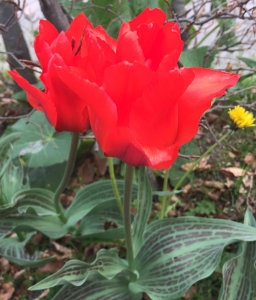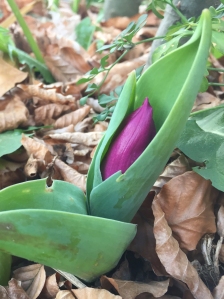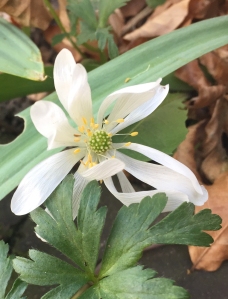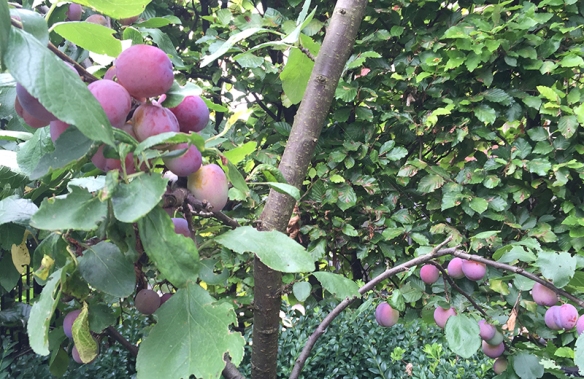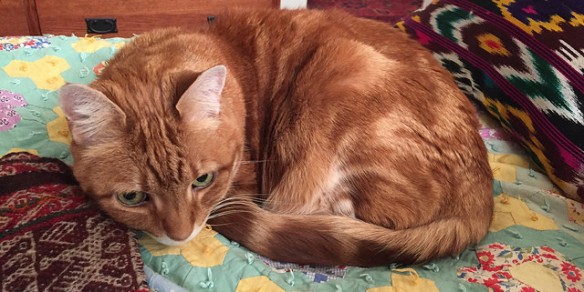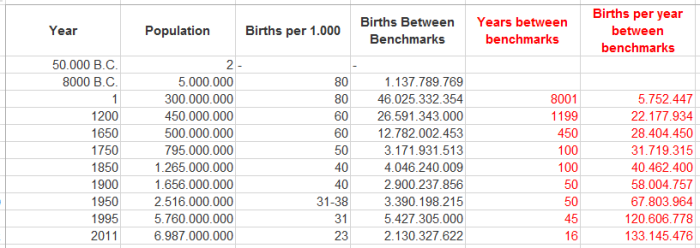In any shop it’s always been like this: you’d be looking for value for money. And nowadays big online and offline stores are trying to give you (the impression you’re getting) just that.
But what about the content we consume? We don’t pay for that as a rule – or do we?
Apart from the whole “you’re paying with information so advertisers can zoom in on your unspoken needs” on the basis that your (online) actions speak louder than your words.
(If it comes to that, I need to do more online because frankly, the image of my age group plus gender I get through the advertisements vying for my attention is depressing. Apparently, as a 40+ female, I’m supposed to hanker after skin peelings (no thanks!), to be overweight (not even close), and like knitted clothes (well – okay. But I blame at least one, white, romantic bordering on cute knitted spring vest that’s been hanging in my closet for 6 years now on early pregnancy hormones).)
Value for your time?
The biggest sum we pay is the time we spend. It’s a combination of click-through (time to open a page on any website) plus actual ‘dwell time’ on the page. Mark Schaefer mentioned just this week on his blog that:
- people still find time for long reads (long form articles)
- that these long texts actually get shared more often than short ones
- that people are more likely to view content shared by their friends.
From my own experience (that is one person, I know) I agree that long texts are more shareable.
If you’re to click on a link and wait for a page to open, you expect that whatever you find is going to be worth your while, right? So if, after viewing any kind of content, you wonder if you should share it, what exactly are your criteria? I would expect content to be any of the following:
- funny
- beautiful
- cute
- interesting
If that content ticks several boxes at once that gets us into the Owww, Wow, what? or Awesome! mode (severely funny may also do it, but that might also sound like Ewww – yuk!).
This is probably why sunsets and kittens and people doing silly things are right up there with the must-have long reads (whether that’s neurology, climate, poetry, or fiction. Personally, I’m just about to finish re-reading a very long text on paper, which is in fact a book by Terry Pratchett).
Delivering on a promise
More time spent, the more you expect some kind of reward for the trouble you’re taking. After all, you could be spending your time on something much more fun or useful (rewarding) than reading this stuff, right? That’s what I try to tell others whenever I feel their content just doesn’t deliver. And it can be such a small thing. Sometimes there are just two or three lines missing that would wrap the whole thing up nicely instead of leaving the reader hanging (in suspense, possibly. Or, perhaps, in some measure of anger). You don’t want anyone to end up feeling cheated. So you share stuff that is worthwhile in some way. Because if you waste your friends’ time, that doesn’t help your online street cred one bit.
So… do you keep your friends amused? Informed? Or awestruck by the beauty of nature? It truly doesn’t matter. Relevance (like for example beauty) is in the eye of the beholder.
More from me to be expected in between gardening in my garden, in my sub-rented bit of an allotment, and the nearby park and our windowsill greenhouse. The offline green stuff keeps growing!





